GORHAM — Megan Hills was obviously curious as she toured the Goodwill warehouse in her hometown last week.
She asked a lot of questions. When James Greene, tour guide and vice president of retail operations, explained how the organization is transitioning from its well-known box trucks to tractor-trailers to shrink its carbon footprint, she wanted to know what would happen to the old trucks? And if someone donates a single shoe, is the rubber sole or some other part of the shoe recycled before the shoe is tossed? No, Greene responded. Single shoes are purchased by a buyer and matched up according to color, size and lifestyle, then shipped away “because there are other parts of the world that are just happy to have a pair of shoes.”
Wait, a tour? Of a Goodwill warehouse? Was it raining? Was there nothing on television that day?
In June, Goodwill Industries of Northern New England began offering monthly tours of its 106,000-square-foot warehouse, and so far they’ve been full of curious people like Megan Hills. Guests learn about Goodwill’s three-tiered focus – people, planet and profit – and how the organization works to maximize the value of every donation received at its 30 stores in Maine, New Hampshire and Vermont.
“I’ve always wondered, how do they process things?” Hills said, explaining why she had signed up for the tour and brought her two children along. (Her children play with Legos sold online through Goodwill’s e-commerce program.)
“And on top of it, we’re environmentally conscious,” she added. “We really wanted to know where things are going.”
WALK THE TALK
Goodwill’s motto proclaims that “nothing goes to waste – not a shirt, not a shoe, not a person,” and they aren’t kidding. In the past 12 months, Goodwill NNE sold 42 million pounds of household goods and recycled 17.9 million pounds. Most of the recycled goods were clothing or textiles, books, and pots and pans.
That’s about 60 million pounds of stuff saved from becoming waste. By comparison, during the last year Goodwill NNE threw away 10.5 million pounds of trash.
Goodwill has always had an air of Yankee thrift. Its founder, a Methodist minister from Boston named Edgar Helms, originated the model of collecting used household items and clothing, hiring people to repair them, then reselling them to benefit the poor. Over the years, the Goodwill system – not just in New England, but nationally – has become more complex and developed even loftier goals. The organization’s sustainability program has set specific targets for the year 2025, such as reducing the organization’s energy consumption and carbon footprint by 20 percent and reducing waste by 30 percent.
This focus on sustainability has come in the last 10 years or so, according to Greene, and brought with it a renewed determination to squeeze every last bit of value out of the donations Goodwill receives, both to fund its original mission and do good for the environment.
“As global warming becomes more of a hot topic, it makes us look at ourselves individually as well as how we conduct business,” Greene said. “That, I think has been the catalyst. And I think millennials, specifically, are more in tune with sustainable lifestyles, and that is driving it as well.”
As a result, Goodwill’s handling of donations has become more complex and creative. It has carved out new outlets for selling items and discovered more ways to cut back on waste.
That switch to tractor-trailers, for example, maximizes “cube efficiency” – the way that a box is packed with donations. A fleet of 19 box trucks services the 30 New England stores, and so far six of the smaller trucks have been replaced with tractor-trailers, Greene said.
“We’re carrying more products but making less trips, so it’s helping with our carbon footprint,” he said.
Daniel Borochosff, president of the watchdog group Charity Watch (which gives Goodwill an A rating), said that while non-profits like Goodwill can reduce the amount of material going into landfills to some degree, the biggest benefit is to their bottom line.
The for-profit thrift industry is a multimillion dollar business, he said, so if Goodwill weren’t taking these steps to maximize donations, someone else in the industry would be.
KIND-A SORT-A
Cutting back on waste starts with sorting. As soon as a T-shirt or book or stuffed animal comes through the door, Goodwill staff pore over it with an eye toward value, hoping to maximize the amount it can get from the item. This is nothing new, but it’s become even more important since Goodwill has developed new avenues for selling donations. At its e-commerce division last week, located at the Gorham warehouse, there were racks of fur coats and winter coats, practically a library of books (“Catcher in the Rye” and “The Narcissism Epidemic” were in a pile ready to be stuffed into envelopes and shipped to online buyers), and shelves filled with items as varied as a big toy troll, binoculars, guitars and a copy of Hooked on Phonics.
All of these items ended up there because they caught the eye of someone like Andrew Leavitt, supervisor of Goodwill’s Donation Express location in Scarborough. Most items that come into the Scarborough center go straight to a store or to the warehouse to be sold at the outlet or recycled. But Leavitt keeps watch for items that could bring in more online.
“On e-Bay there’s a huge market for anything vintage,” he said. “So when things are coming in, you’re judging not only the quality but the year. Something may be a little beat up, but if it’s something that’s vintage, it’s a huge market – vintage toys, collectibles, things like that.”
Leavitt also keeps an eye out for old 35 mm cameras. The camera itself doesn’t sell for much, but the lenses, which fit on modern digital cameras, do. Re-selling old lenses keeps them out of landfills.
Books are big sellers, so whenever there’s a large donation, Leavitt and his staff go through it to look for things like overlooked first editions. Every book is scanned by computer to check its potential value. Their biggest recent find was a book about international aid work signed by the author – “Inside Story” by Linda Ball – that could be worth as much as $750. The book was carefully hand-delivered to the Gorham warehouse so the e-commerce staff could confirm its value before posting it online.
“You never know what’s going to come through that door,” Leavitt said. “You’re always sort of on your toes.”
The staff also look out for unwanted donations. Last winter, employees at the Ellsworth Goodwill store discovered a handgun in a hidden compartment inside a donated book. The gun, which wasn’t loaded, was turned over to the Ellsworth Police Department.
Goodwill stores also divert two items a week to a silent auction in each store, a venture that began a couple of months ago. The auction starts on Friday and ends the following Thursday. Last week, auction items pulled by the stores included a stunning blue wool coat, an Estee Lauder compact, a Starbucks Verismo system, a sword and an elephant lamp.
TAGS AND TREASURES
Let’s face it, no matter how much of a bargain an item may be, sometimes it just doesn’t sell. That souvenir T-shirt that thrilled you at a 2006 Sting concert may have been precious to you, but that little stain or rip in the seam may turn off Goodwill shoppers.
The stores have a complicated system of colored tags that tell them how long an item has been on the floor. If something hasn’t sold after five weeks, it gets marked down 50 percent.
“That is done to reduce our transportation costs, our logistics costs, our processing back at the warehouse,” said Ken Christian, senior director of communications for Goodwill NNE. “If it goes to that sixth week and it still doesn’t sell, then those colors are all pulled from inventory out on the floor and they are packaged up and sent to our warehouse.”
At the warehouse, almost everything gets one last chance at the “Buy the Pound” outlet store, a last-ditch effort started in 2012 to find donated items a new home other than the trash bin. All items are tossed into blue bins that are rotated every 45 minutes. Some bins are filled with nothing but shoes, another is a jumble of hangers. Others are an eclectic mix, perhaps a zebra print pillow, a wok that needs a good cleaning, a giant cartoon head, a Winnie the Pooh and a toilet seat cover.
“You’ll find things with a missing button, but you’ll also find things of first quality,” Greene said. “That’s the treasure hunt part of it.”
When customers fill their carts, they head to the checkout to be weighed. (Textiles go for 99 cents per pound, books for 10 cents per pound, and so on.)
The customer mix is as diverse as the stuff in the bins. There are women dressed in summer shorts and T-shirts, and women who look like they just had lunch at the country club. There are elderly men and teenagers. Eric Olson of Buxton poked through a bin last week and found a stuffed bear he wanted to examine more closely. Olson, who is both a collector and a seller – especially of Star Wars toys, since he is old enough to remember the release of the original movie in 1977 – comes to the outlet store at least three times a week. He said he was looking for “vintage toys, Star Wars toys, sometimes camping gear, sometimes DVDs.”
THE GAUNTLET
Anything that isn’t sold at the outlet goes through “the recycling gauntlet” in the warehouse. Just outside the outlet store are boxes labeled plastics, cardboard, wood and even “Christmas wire” – a box filled with old Christmas lights.
“All of the recyclable commodities are then separated out of that product so by the time it goes through this gauntlet, what’s left is after our best effort to extract all the value and recycling opportunities out of that donation,” Greene said.
Cotton, terrycloth and flannel clothing that might have a stain or missing button are cut into pieces and sold in 25- and 50-pound bundles as “Good Wipes” – industrial cleaning cloths good for chores like car washing, window cleaning or catching spilled paint.
Some household items are sold to aftermarket vendors, others are passed along to people who might be able to use them. A box filled with old crockpots, Mason jars, mugs, vases, ceramic knickknacks and other glass items will be sold to someone who will mix it with asphalt and use it in pavement here in Maine. Got some old skis? Goodwill knows an aftermarket buyer who will turn them into furniture.
A box filled to the brim with baseballs and another with bats and gloves are being saved for the Standish Little League, Greene said.
“If we can find a home for it, someone who will use it and it supports the community, we’re not going to sell that, we’re going to donate that,” he said.
Next to the baseballs is a box of American flags – the small kind that look like they were waved at a parade – that will go to an American Legion or VFW hall for proper disposal.
Recyclable metals and textiles go through two big new balers at the back of the warehouse. One box waiting to be compressed into a gigantic, 1,000-pound bundle is filled with pots and pans, old muffin tins, and a bunch of those crusty old sheet pans that usually end up in your stove drawer graveyard.
Once the metal is compacted, the odd-looking bales are stored on warehouse shelves until they are sold to a scrap metal buyer. In one, an intact cocktail shaker lies right next to a crushed Santa tin and a metal toaster. Baled textiles often go to buyers overseas.
E-WASTE NOT
What’s piling up in Americans’ closets faster than old T-shirts and extra hangers? Old computers, and everything associated with them.
For years, Goodwill sent all donated computers to Dell. Privacy concerns – what information lingers on hard drives? – have prevented Goodwill from ever reselling a computer.
That’s about to change. Next month Goodwill NNE will launch its “Good Tech” program, now running on a trial basis. The program will keep e-waste out of landfills and provide training and employment opportunities for people who need them. And thanks to a partnership with Microsoft, low-income customers who qualify will be able to buy a refurbished computer loaded with licensed copies of Microsoft Windows and Office for as little as $100.
“We recognize that Internet connection and computer accessibility are important for people in gaining employment,” Greene said, “and that’s a lot of what we do – it’s about removing barriers to employment.”
Older computers will be broken down and recycled. If it’s a newer computer, the hard drive will be removed, scrubbed to Department of Defense standards, and checked by an independent auditor before being sold.
“We need the confidence of financial institutions and hospitals and offices that have computers that are becoming just a little outdated for them but are still useable,” Greene explained.
The Good Tech program accepts desktops, laptops, tablets, cell phones, flat-screen TVs and video games (which are also scrubbed clean of personal information).
Goodwill is hiring technicians straight out of Maine’s technical colleges to refurbish the computers. Greene noted that one employee hired right out of school has already moved on to a local hospital, where he is now earning more than $20 per hour.
“That’s Goodwill at work,” Greene said. “We’re applying low-cost computer solutions. We’re keeping (waste) out of the planet, and oh by the way, we’re employing people and making money along the way.”
LIFE AFTER DONATION: View the graphic
Send questions/comments to the editors.


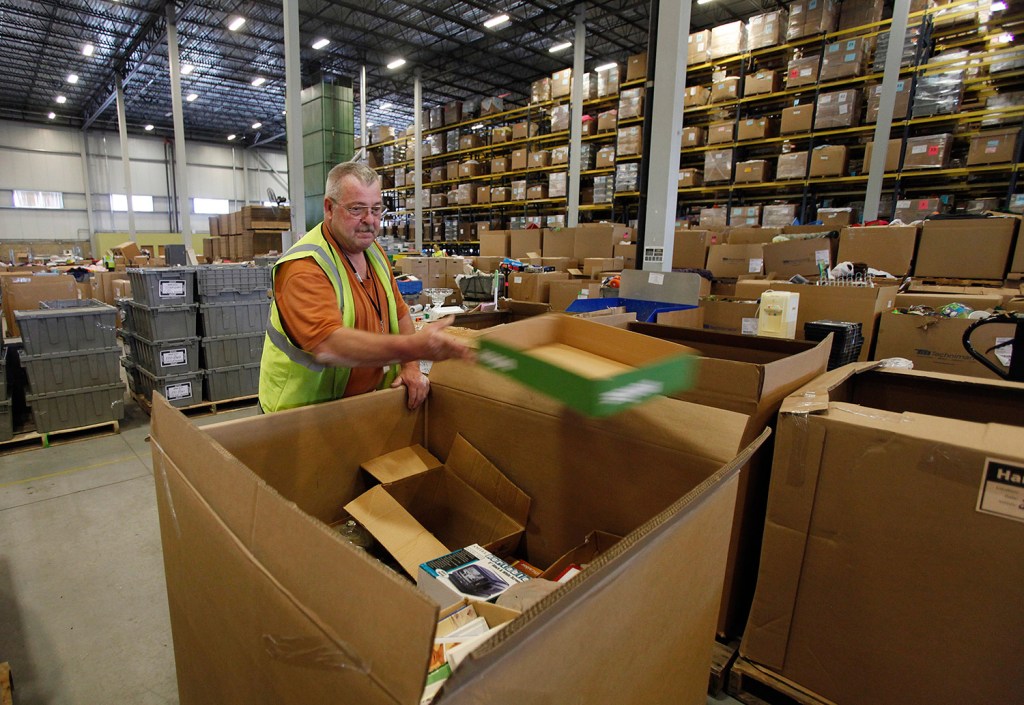
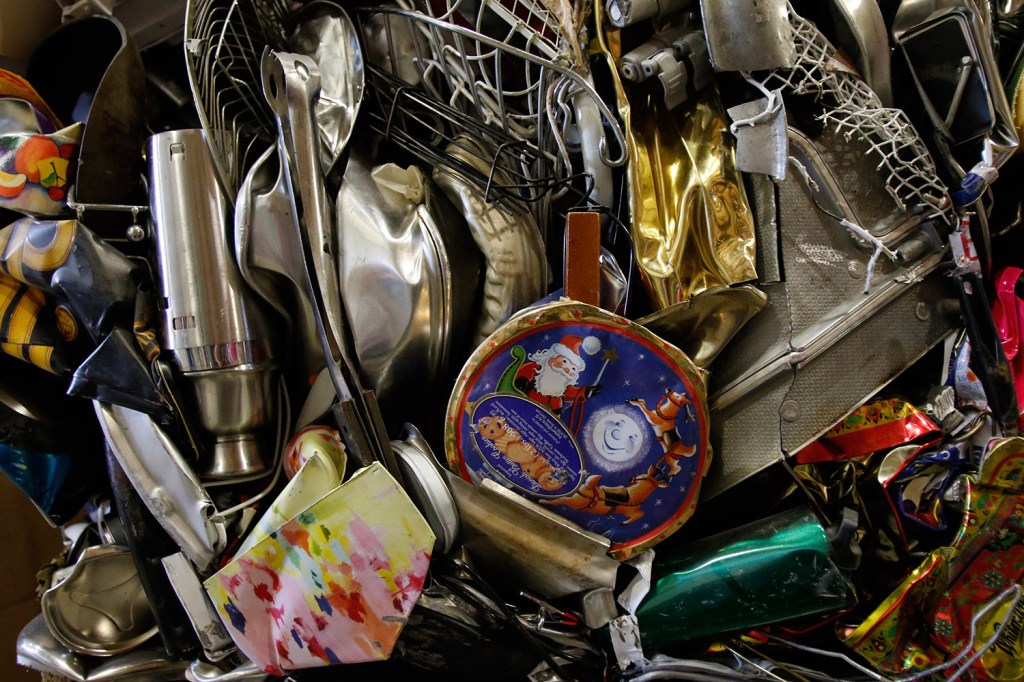
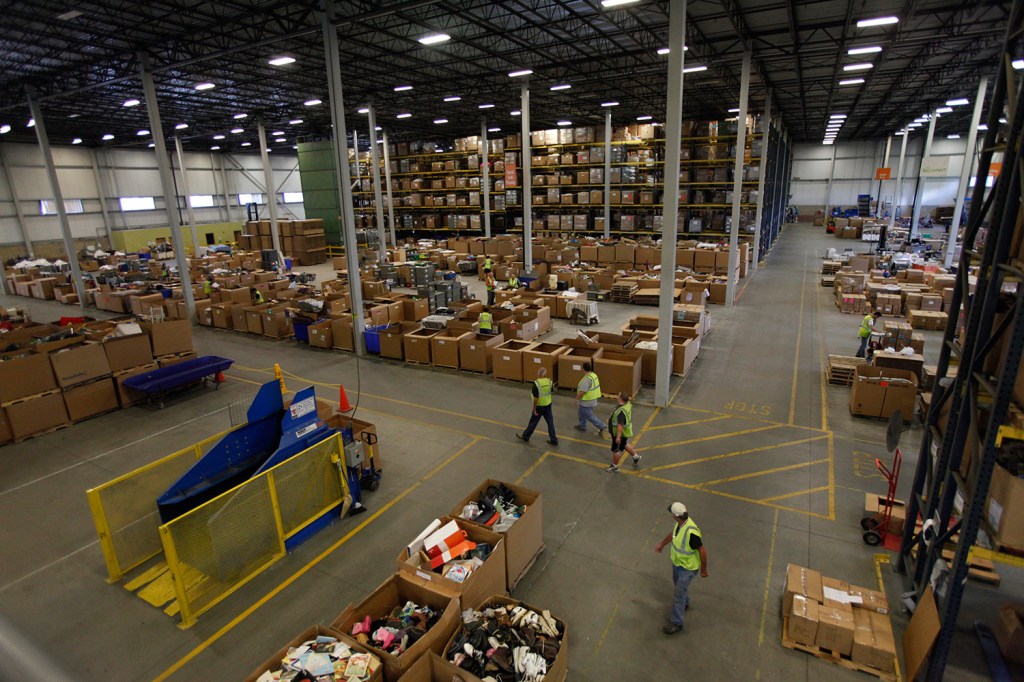
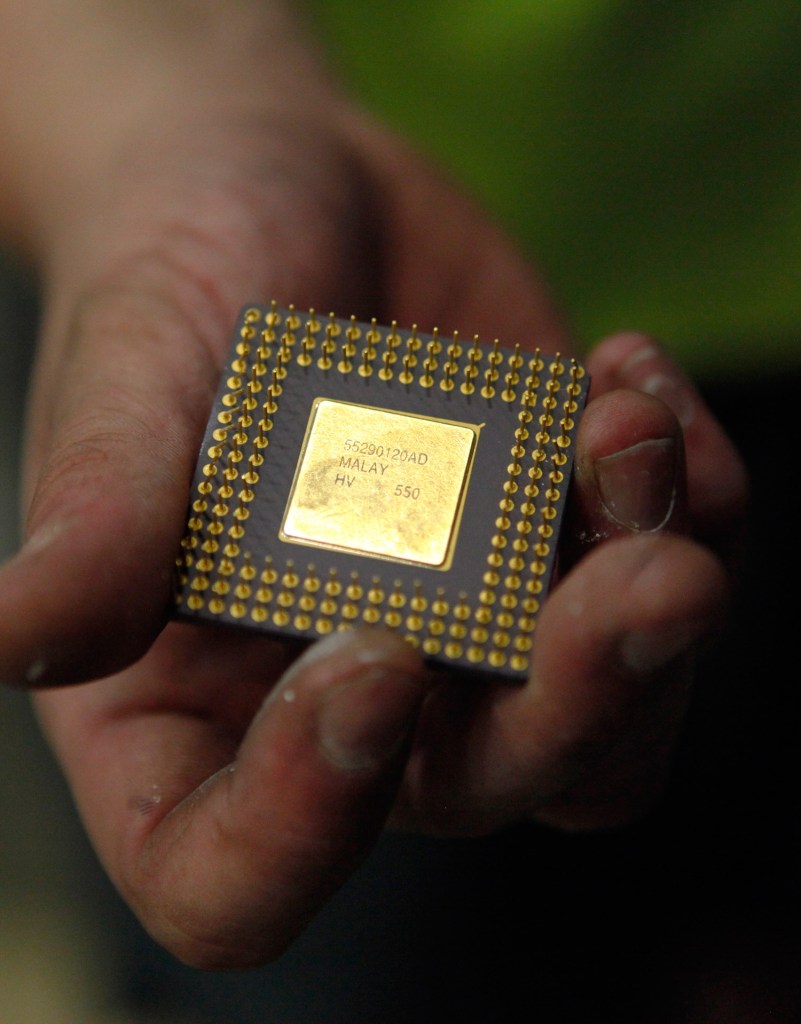
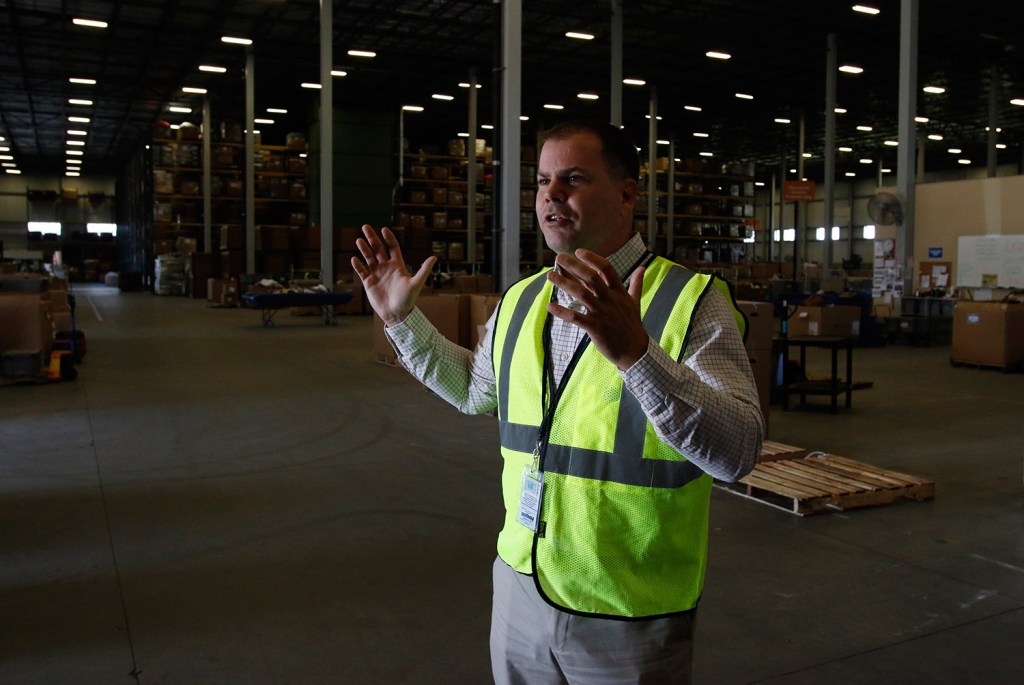
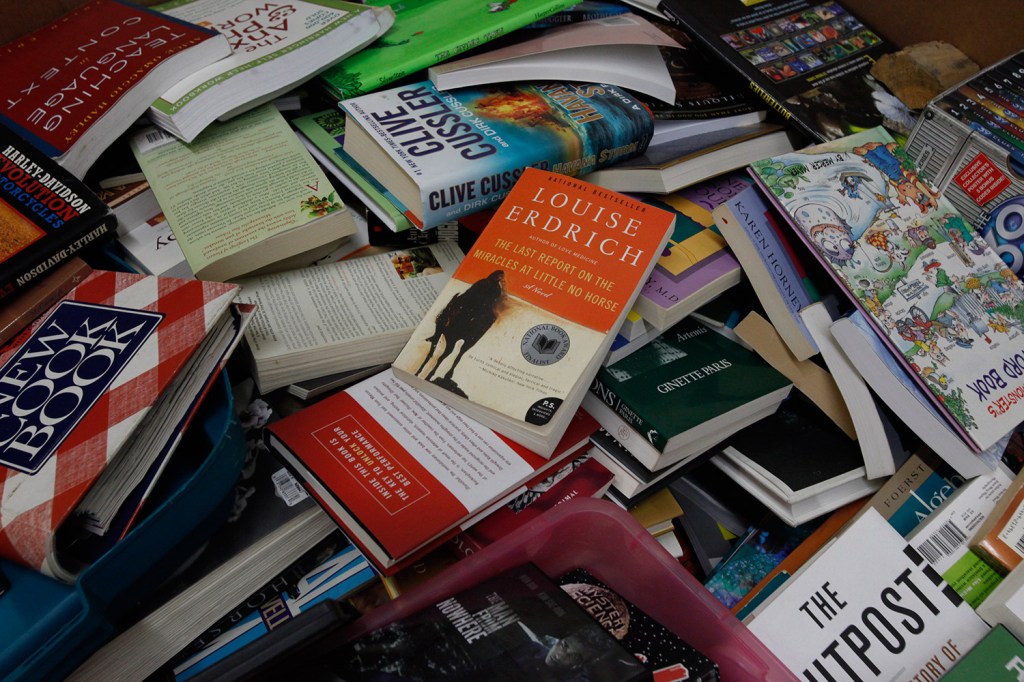
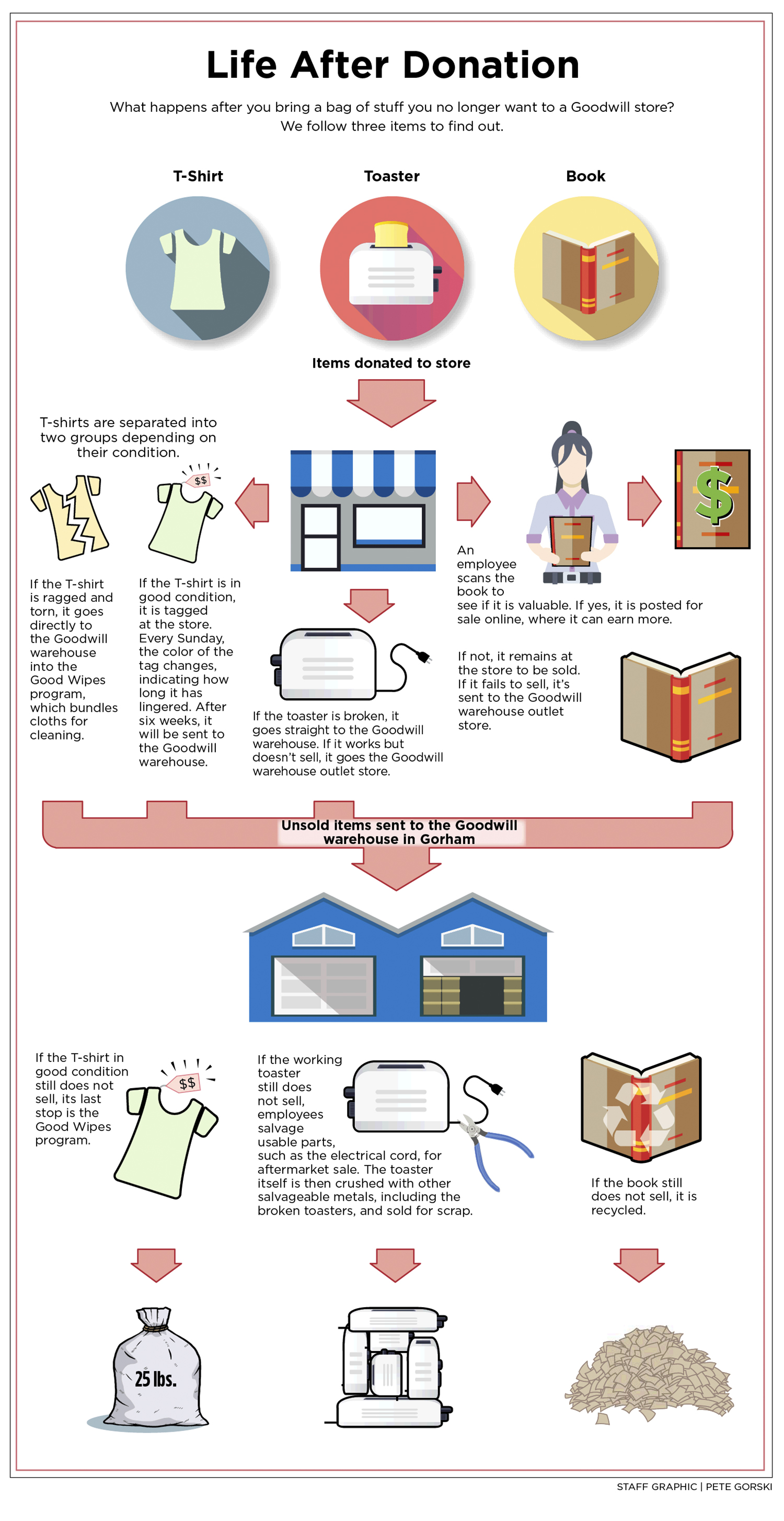

Success. Please wait for the page to reload. If the page does not reload within 5 seconds, please refresh the page.
Enter your email and password to access comments.
Hi, to comment on stories you must . This profile is in addition to your subscription and website login.
Already have a commenting profile? .
Invalid username/password.
Please check your email to confirm and complete your registration.
Only subscribers are eligible to post comments. Please subscribe or login first for digital access. Here’s why.
Use the form below to reset your password. When you've submitted your account email, we will send an email with a reset code.